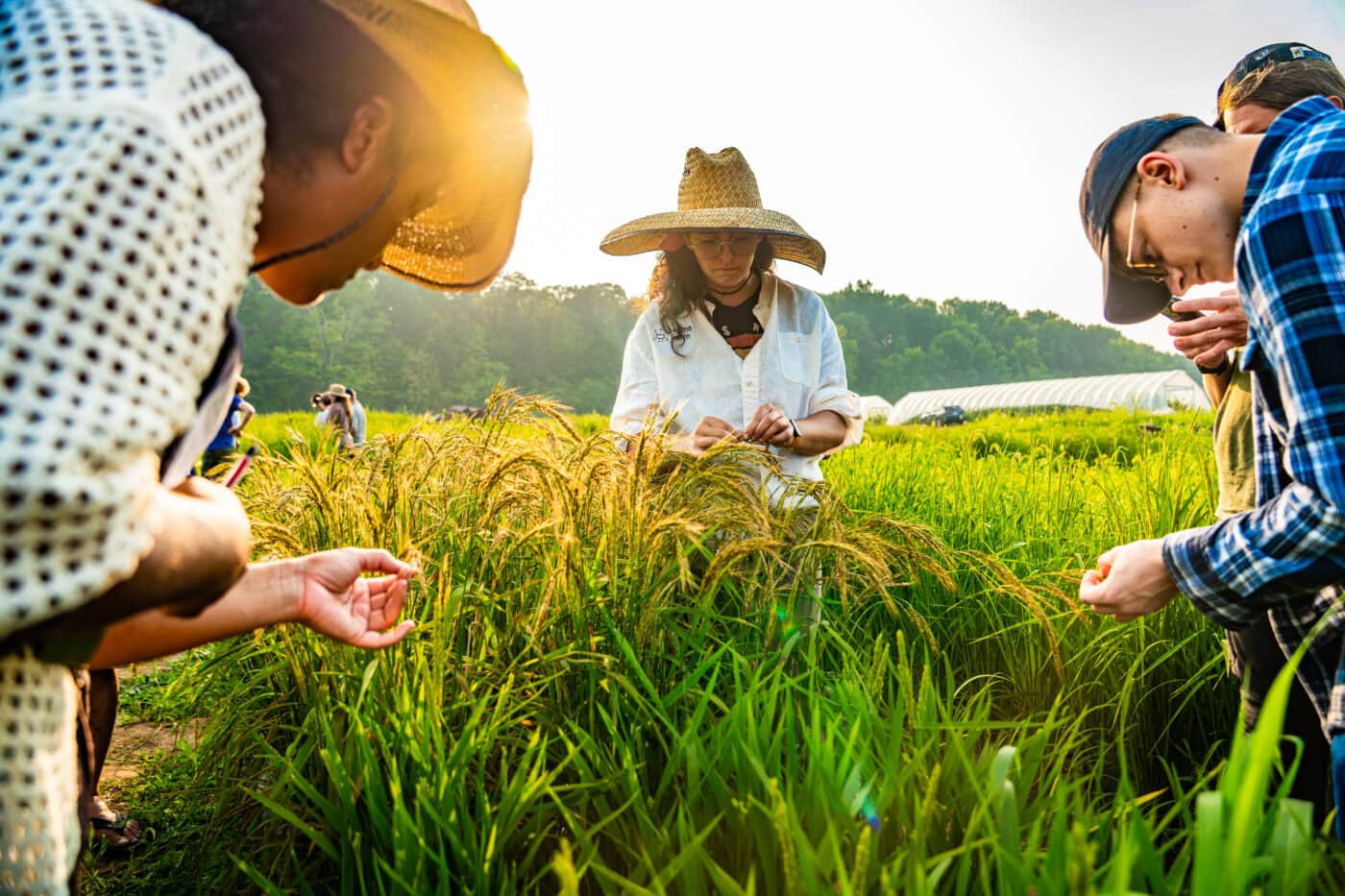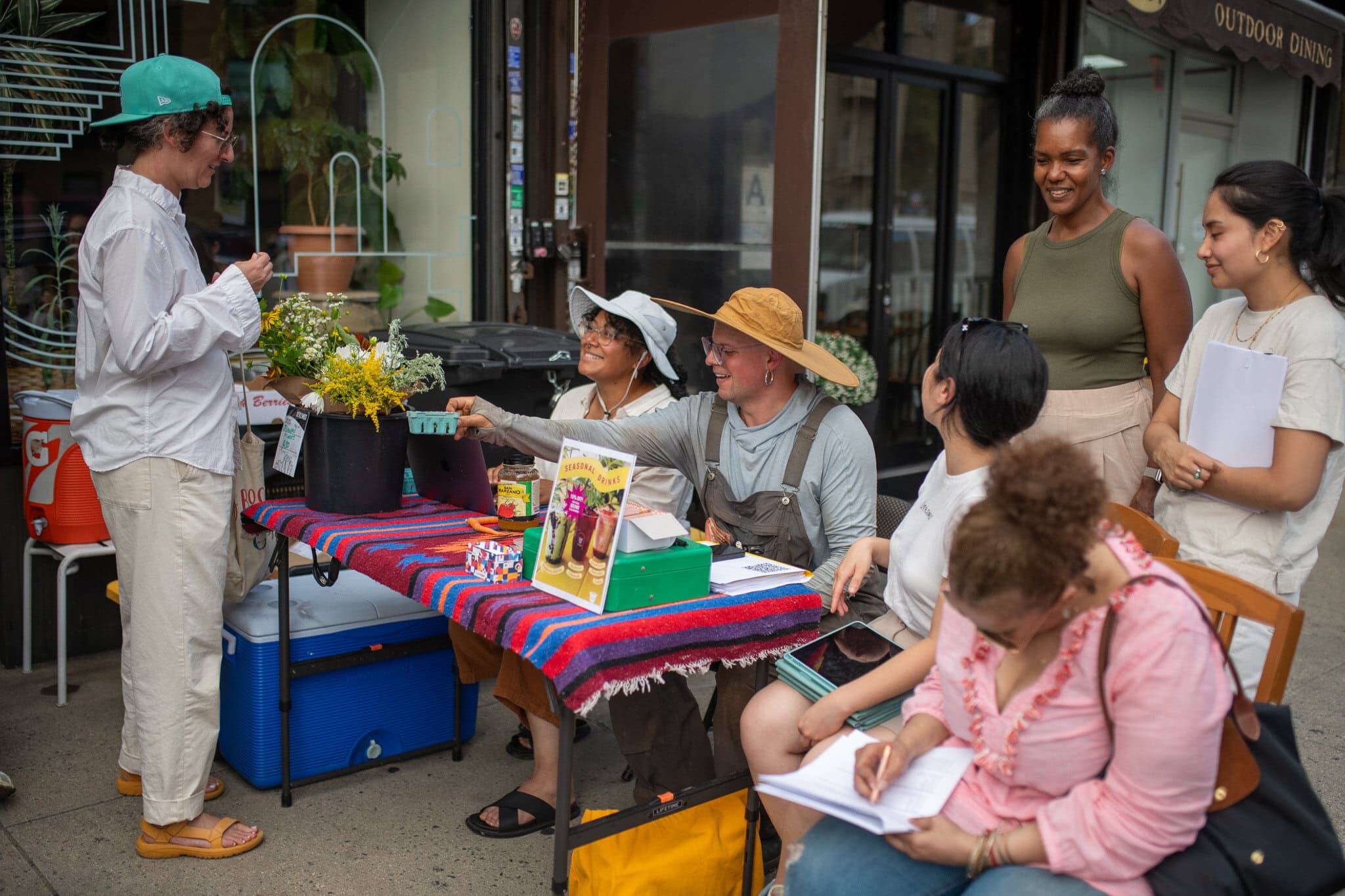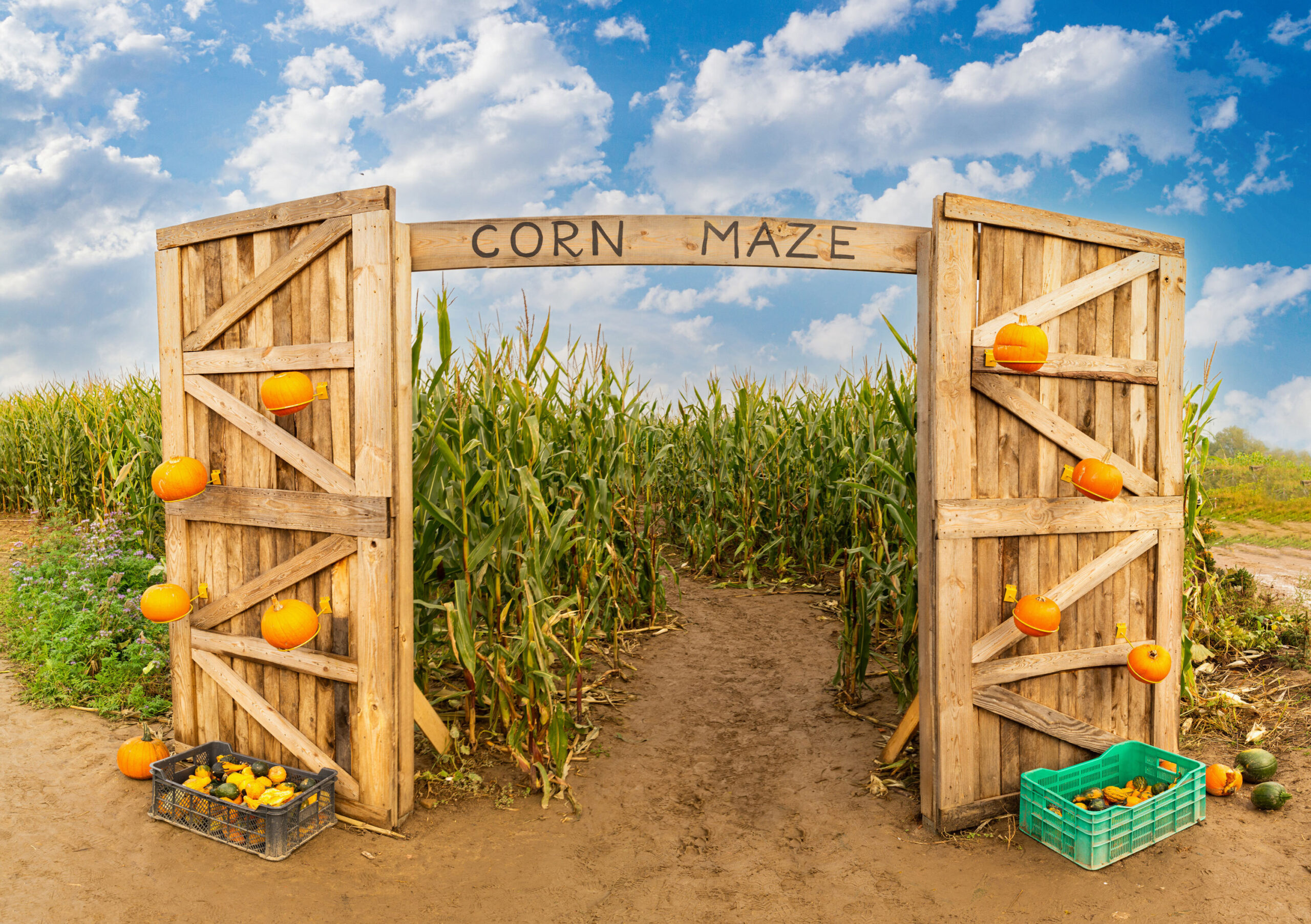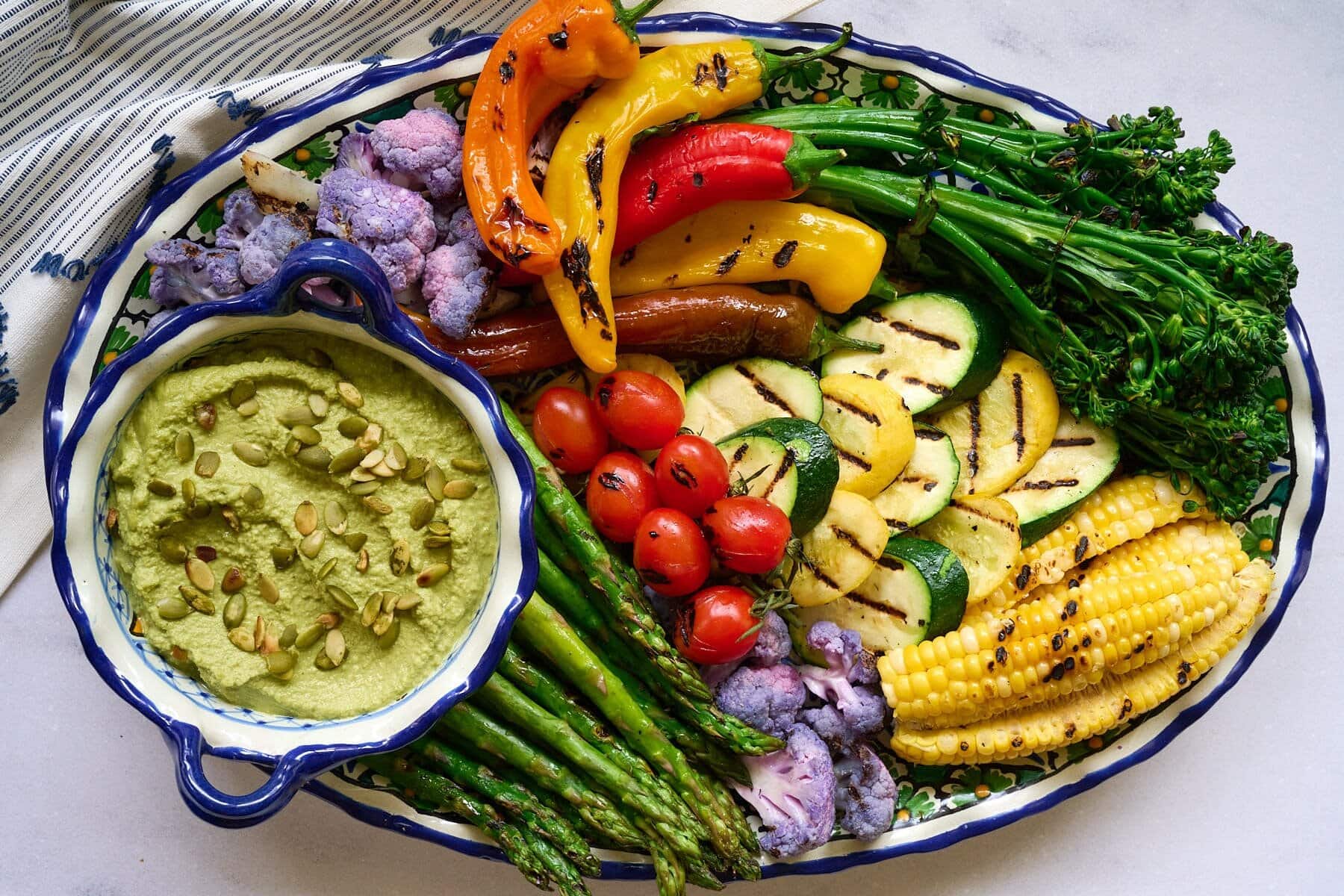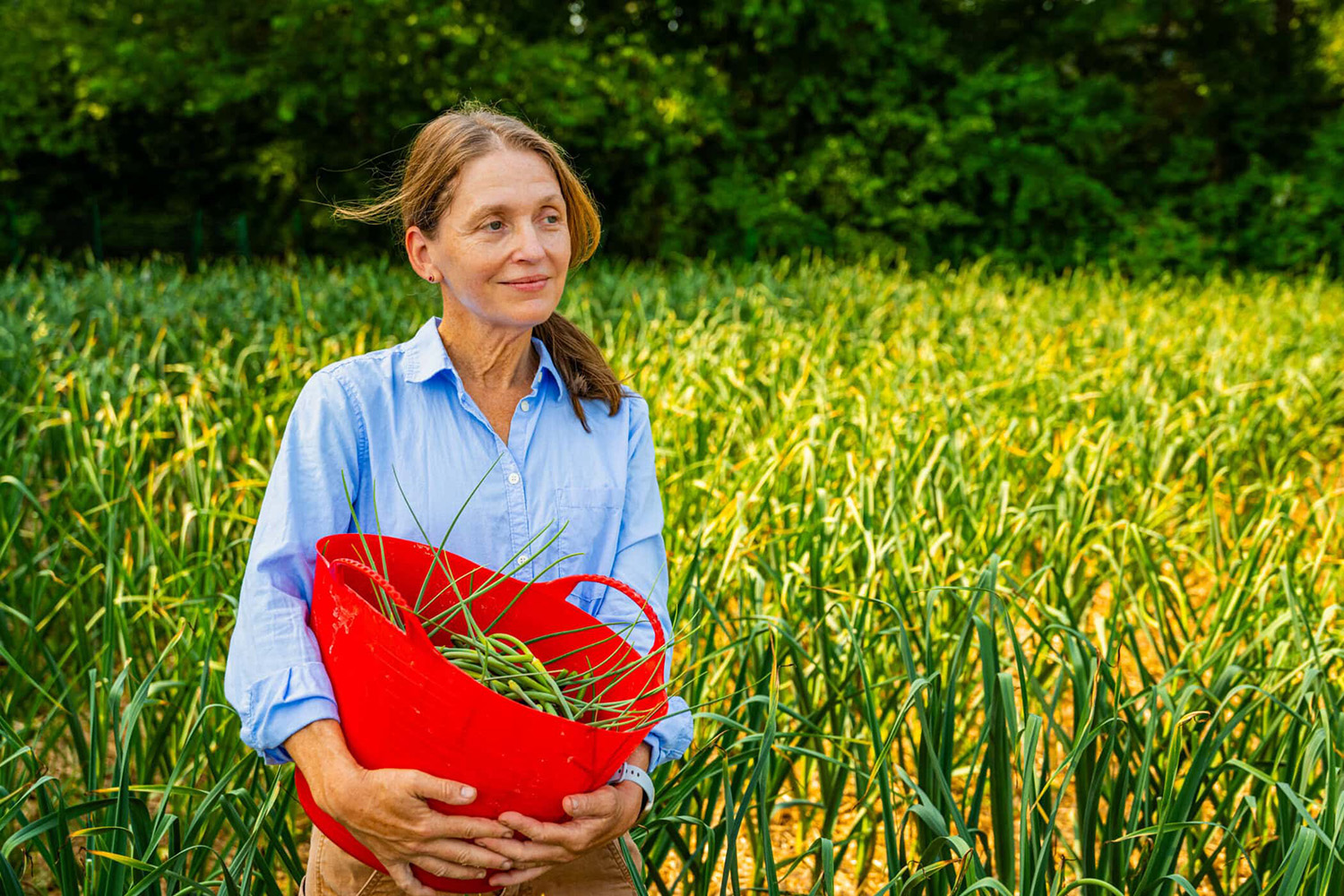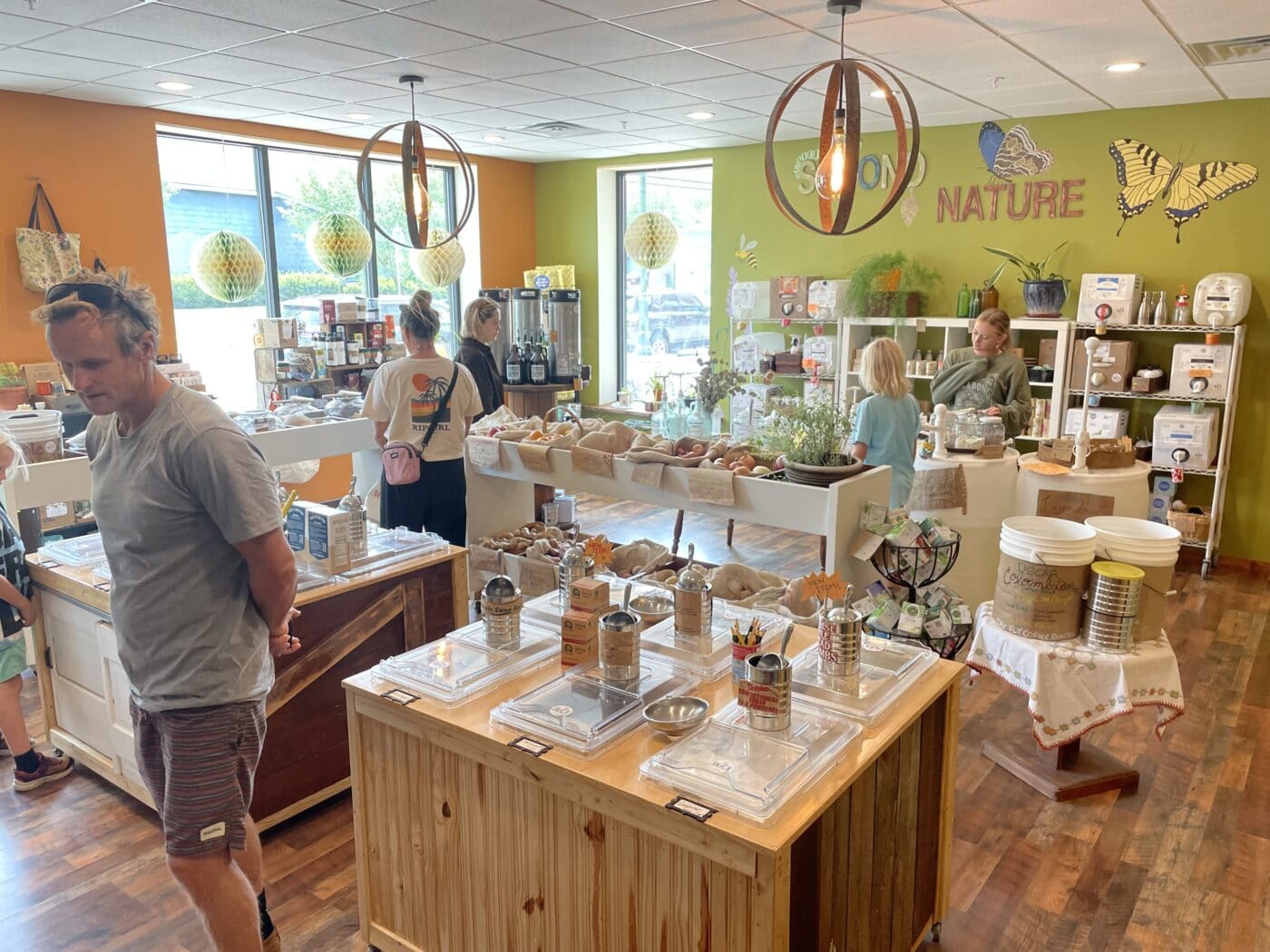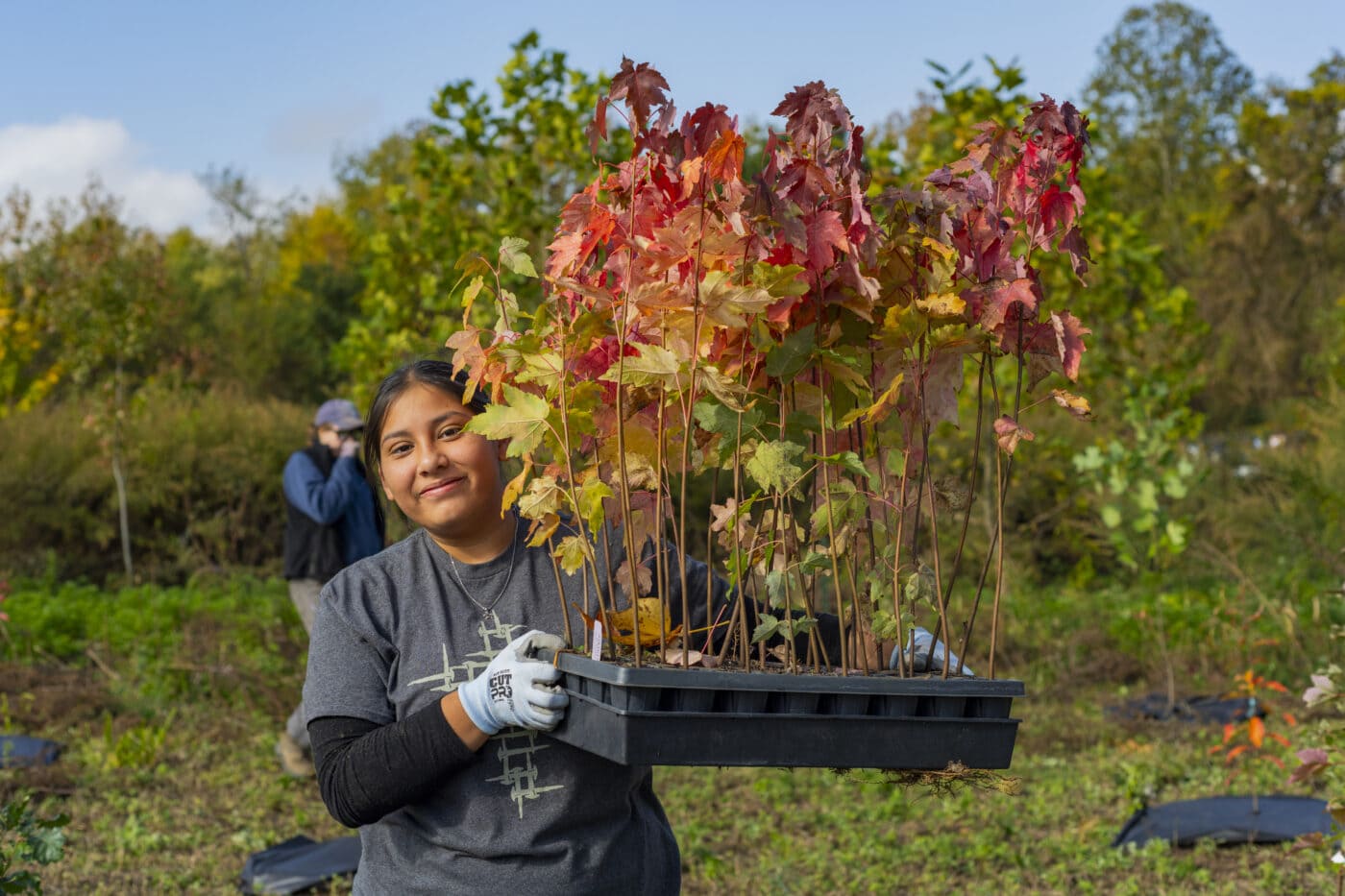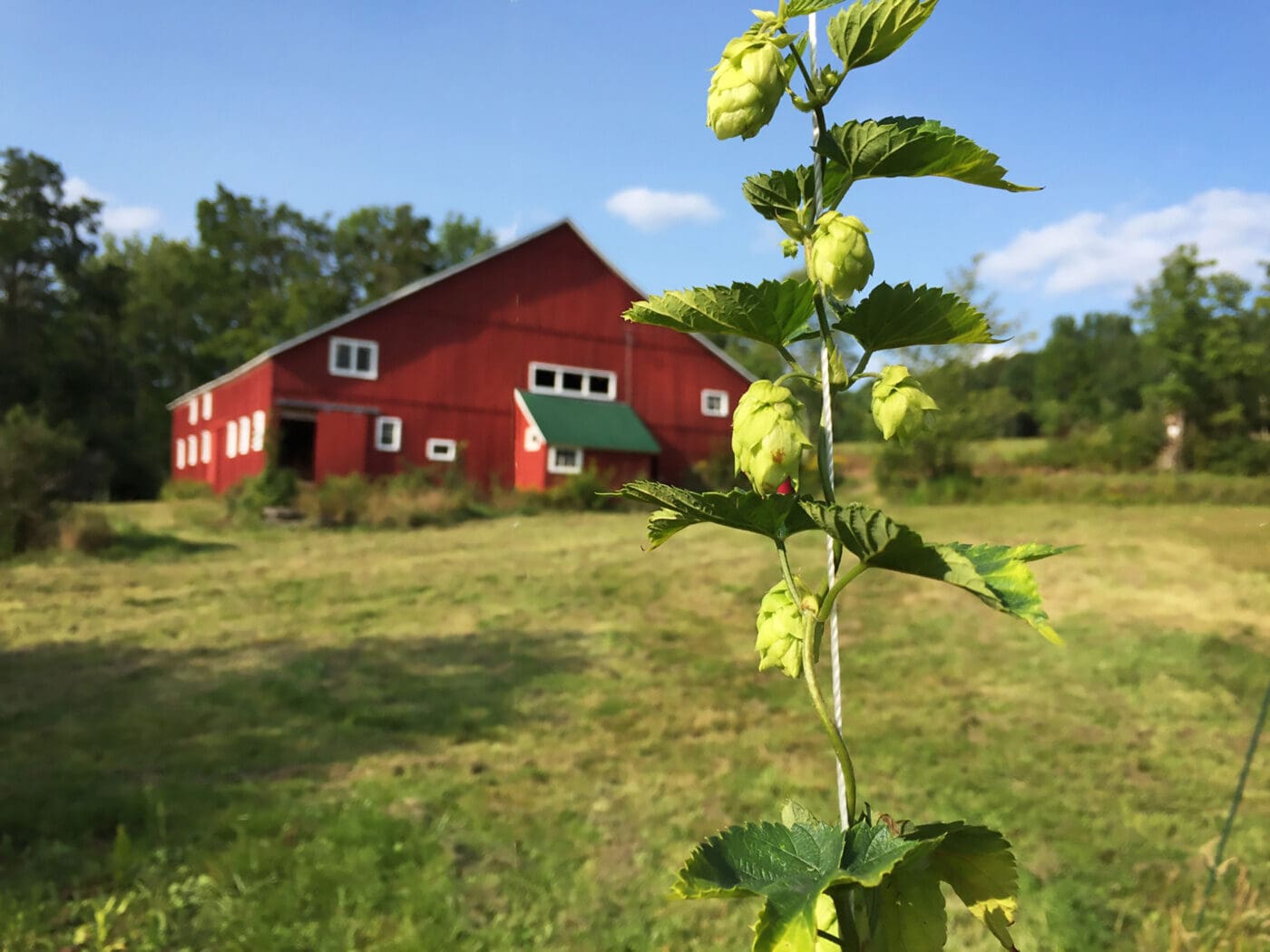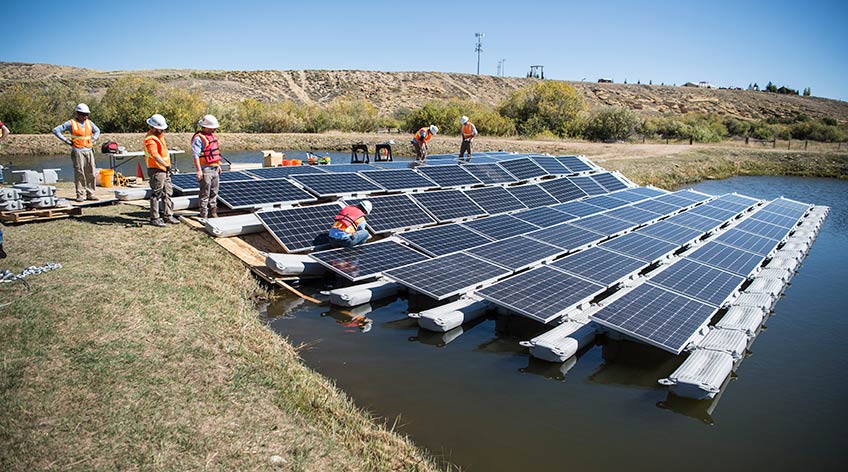For thousands of years and across continents, rice has been a staple of global culture. Today, nearly half the world’s population depends on this versatile grain thanks to its affordability, high-yield harvests, and the communities it brings together one plate at a time.
It would be hard to imagine a world without rice — but with rising temperatures and extreme weather affecting farming, and the global population ever increasing, rice farmers around the world are having to adapt centuries-old techniques with innovative farming practices to meet modern needs.
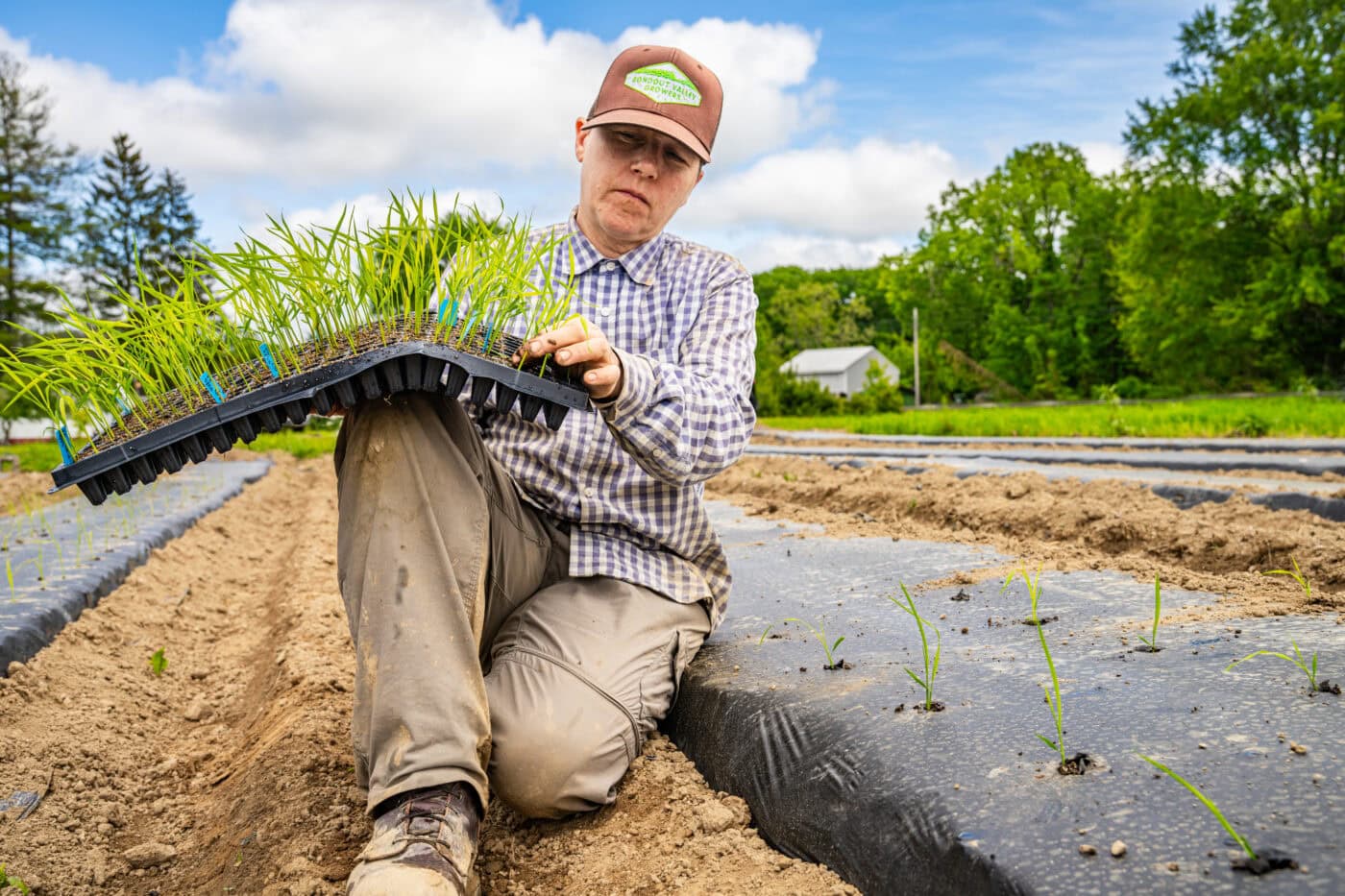
While the fertile Hudson Valley has not traditionally been known for homegrown rice, determined next-gen farmers are testing the boundaries of the crop’s viability within the region’s agricultural environment, and bringing new possibilities to the table.
“People have said, ‘No you can’t do that here,’ which honestly makes me want to do it more, because it actually is possible,” says Jon Kasza, who founded Home Farm in Germantown in 2023. While Home Farm also focuses on seeds and vegetables, they have started growing rice using techniques Kasza learned working with farmers in Haiti while studying agroforestry procedures. “Complementing our vegetable farming with rice allows for diversity and a chance to increase production, and we chose this location because the Northeast is doing a lot to support new farmers. There’s co-learning happening between peer farmers and support through various organizations. And the region is so close to one of the biggest food centers, NYC, where the need for food is so high.”
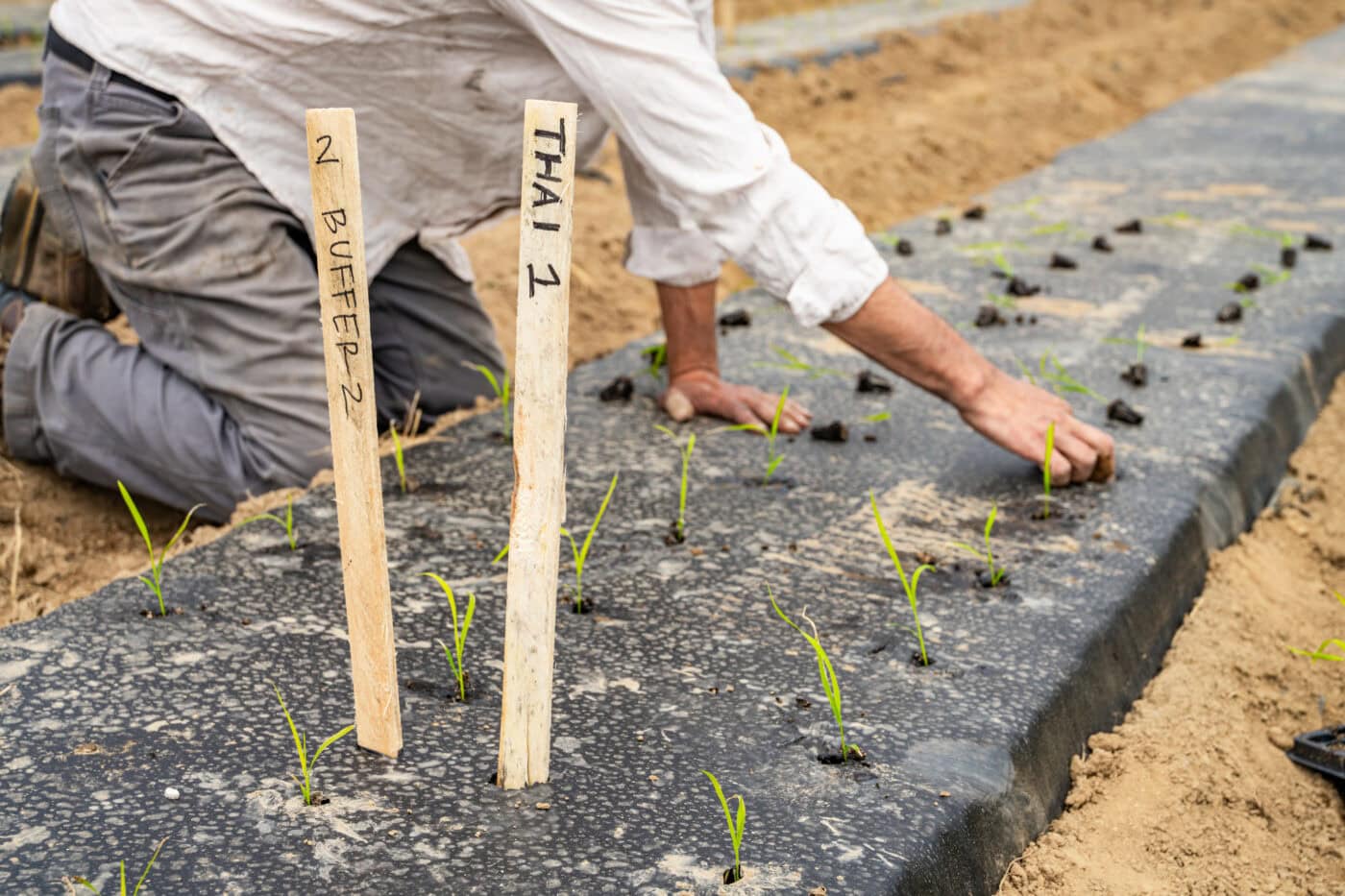
Home Farm is presently collaborating with Scenic Hudson on a research grant to trial-grow 10 varieties of rice from different regions — South America, the Middle East, and others — to see how they fare in northern climates. This project is supported by the National Institute of Food and Agriculture, U.S. Department of Agriculture, through the Northeast Sustainable Agriculture Research and Education program, or SARE.
“Rice is a tropical plant. In the U.S. it’s usually grown in Arkansas or Texas, but older rice cultures have adapted some to do well in shorter seasons,” Kasza says. “The last few years have been very erratic with multiple tropical storms one year, a drought the next, and we’re still just hitting our stride at the farm, but the rice has been able to adapt.”
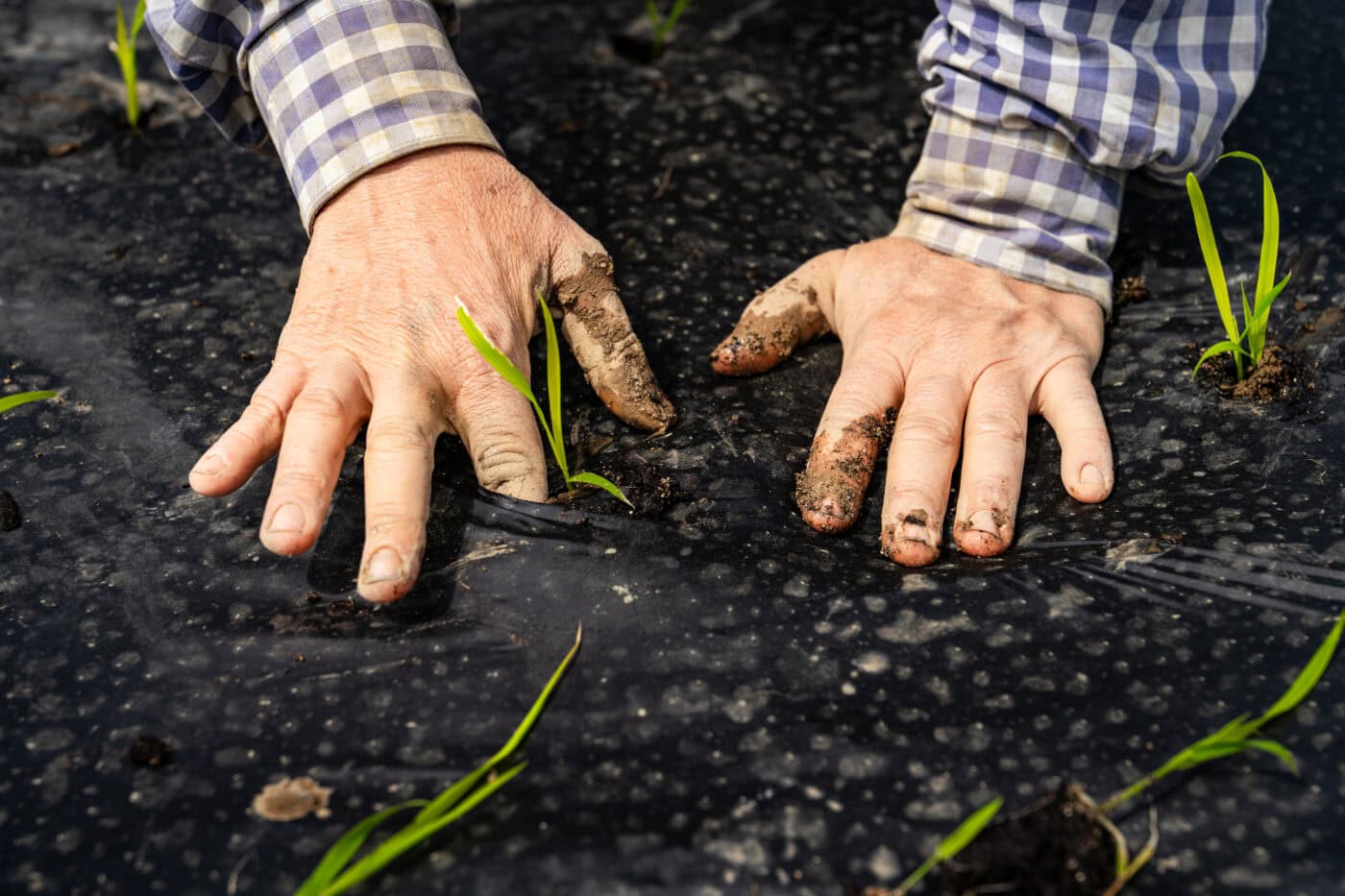
Resilient, however, doesn’t mean easy to grow. “Rice is intense,” says Dawn Hoyte, who began growing rice in Ulster Park in 2013 with her former partner Nfamara Badjie, who grew up farming rice in Gambia. They co-founded Ever-Growing Farm, which is now run by Badjie’s son, Malick Badjie, who shifted the farm to grow on paddies in Kerhonkson in 2023. “And especially because we used traditional African techniques — standing knee-deep in mud, hand-transplanting seedlings into the ground, and hand-threshing, which is the process of separating rice grains from the plant and involves banging them on the floor and then shaking them in the air, for hours.”
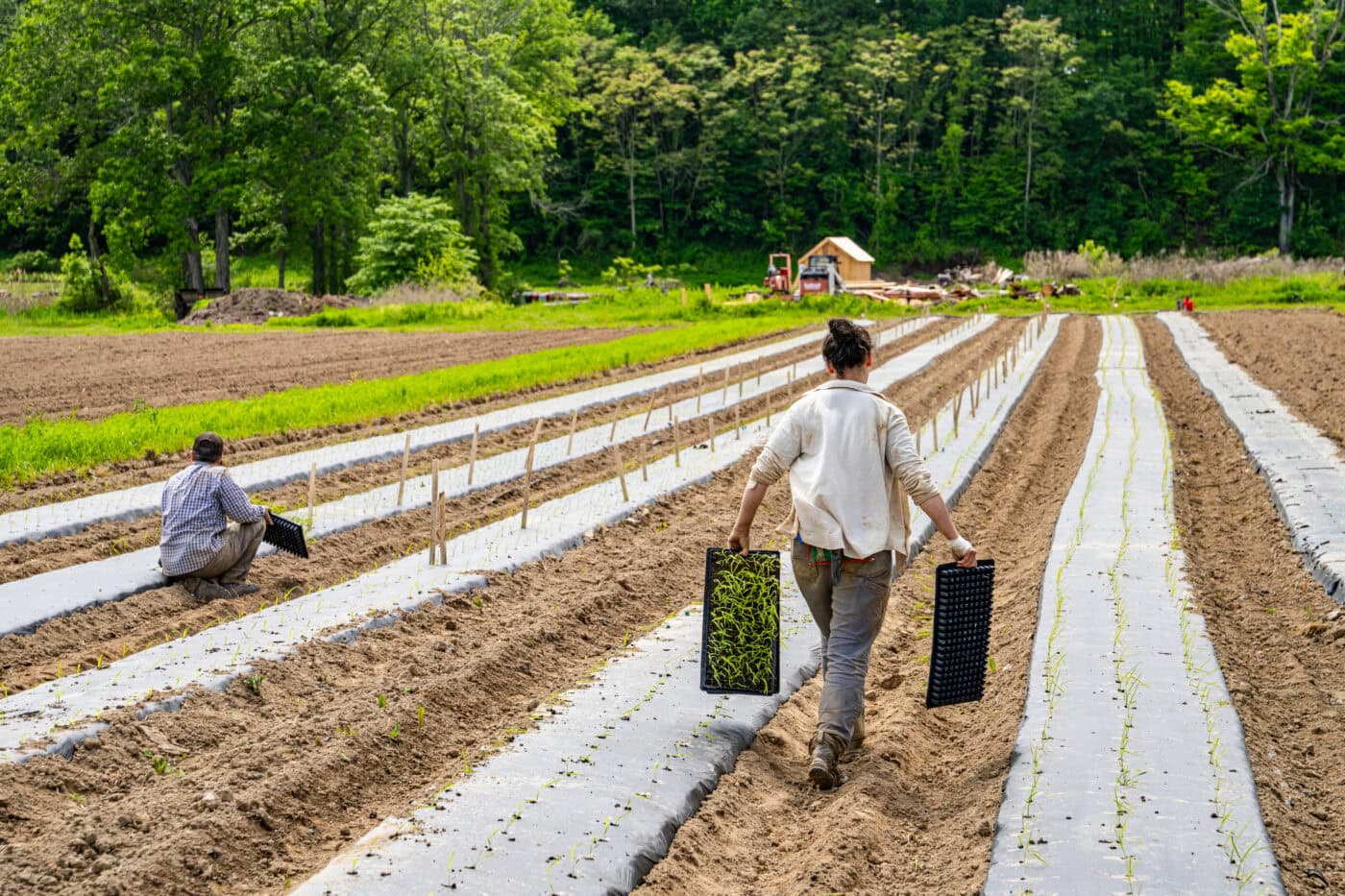
Nfamara and Hoyte originally didn’t think it would be possible to grow the crop in New York, but after meeting a rice farmer who was using Japanese techniques in Vermont, they felt empowered to bring it to the Hudson Valley, Hoyte explains. They reached out to the USDA, which sent different varieties of rice, then in 2015 they started the first experimental paddies in the state — and found it to be viable.
Support from organizations like the Novo Foundation and Glynwood have allowed Ever-Growing to continue refining their farm. Plus, a SARE grant through Cornell has allowed them to study the adaptation of Japanese growing techniques versus African growing techniques in the Hudson Valley, and help shape farming best practices in this climate.
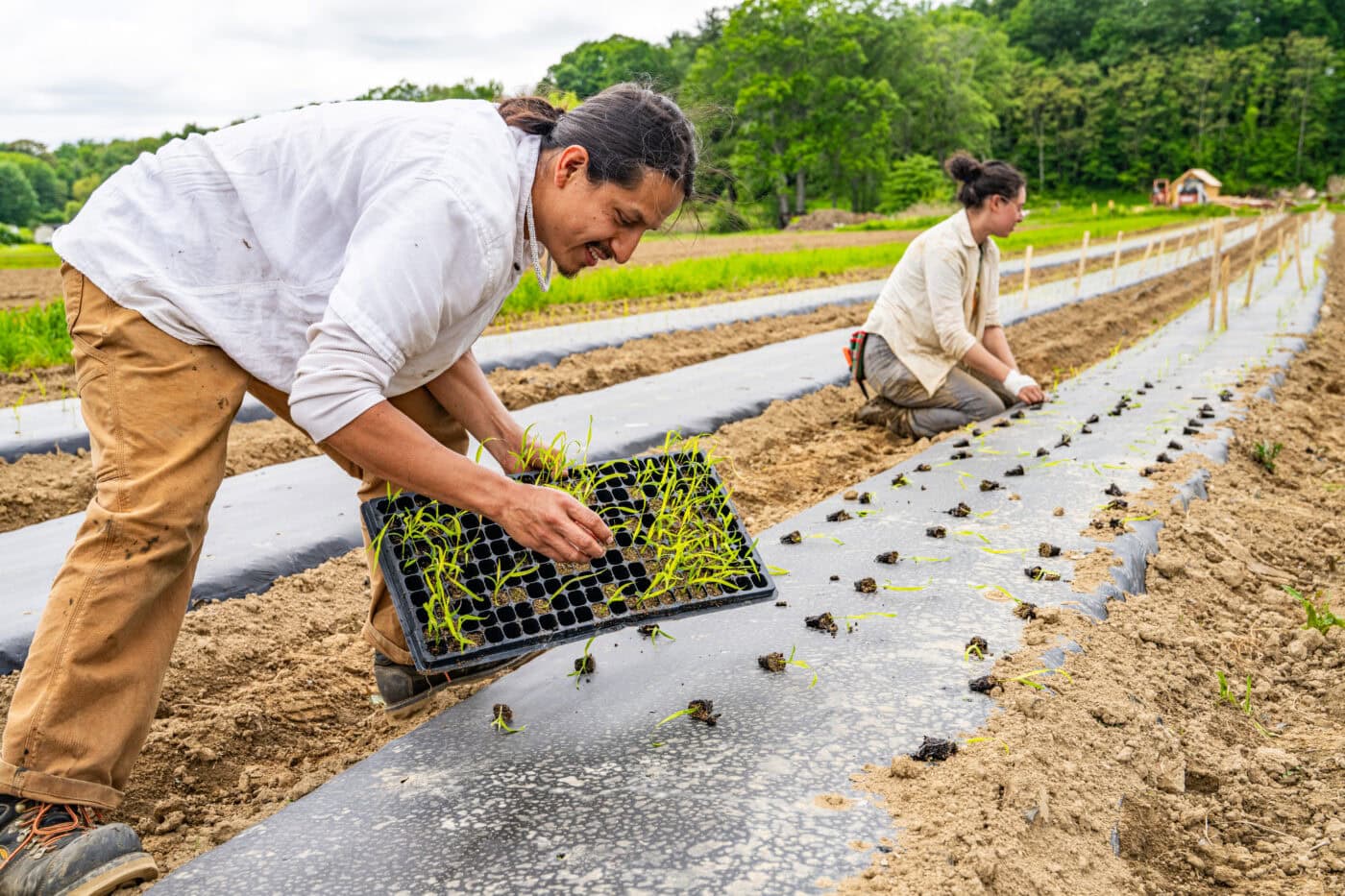
“Growing is tough in general, but I think we have the building blocks here in the region to adapt crop plants and seed,” Kasza says. “It’ll allow us to have a more resilient local food system by having rice be a bigger part of our local agriculture.”


